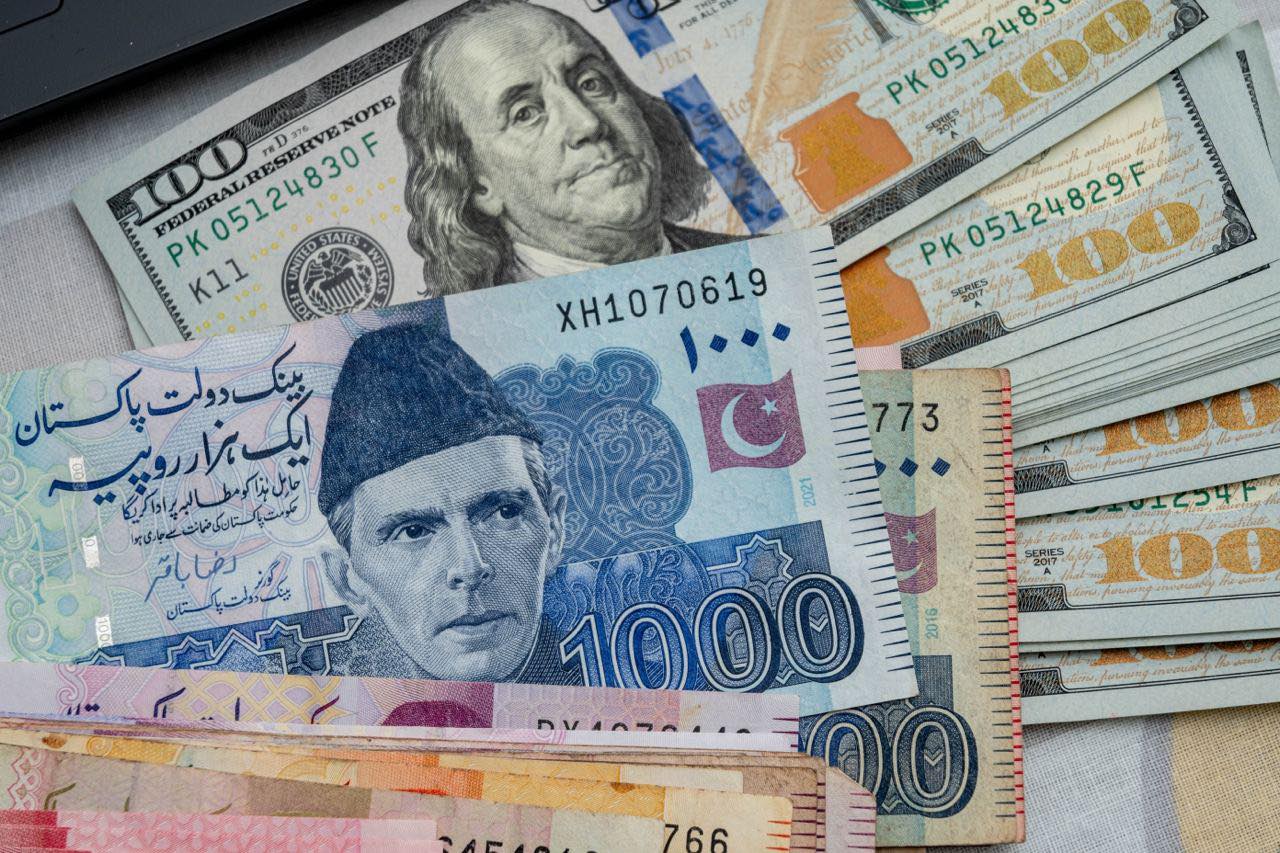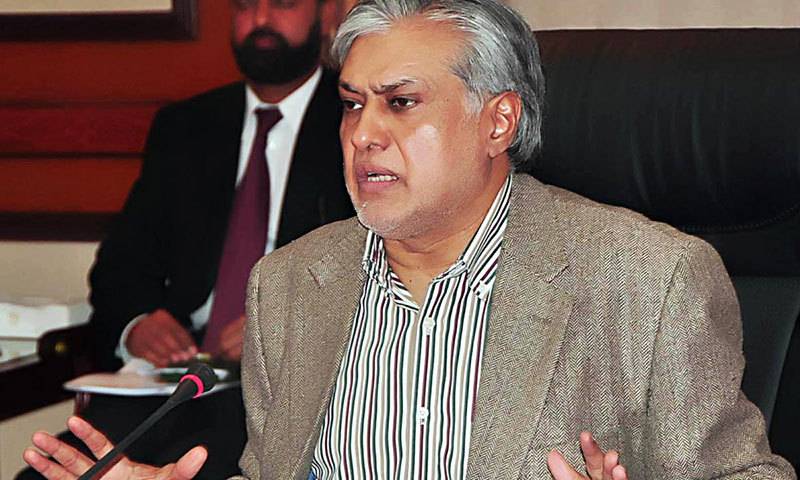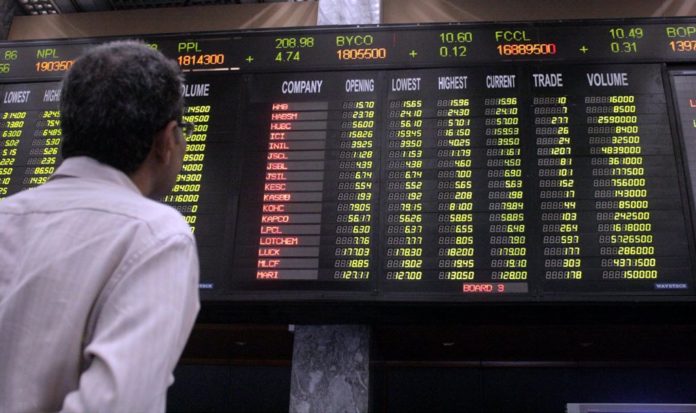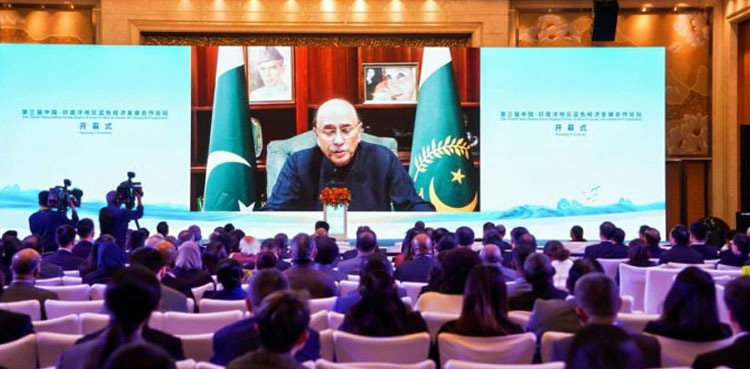PTBP Web Desk
The Pakistani rupee continued its upward momentum against the US dollar on Wednesday, reflecting both domestic currency stability and global market trends that have weakened the greenback.
During the opening hours of interbank trading at 10 a.m., the rupee was recorded at 281.97, representing a gain of Re0.45 or 0.16% compared to the previous day’s close of 282.42. The local currency’s positive performance follows a series of incremental gains in recent sessions, highlighting improved market sentiment and foreign exchange stability.
Internationally, the US dollar faced pressure after a milder-than-expected US inflation report strengthened expectations that the Federal Reserve could cut interest rates as early as next month. This shift in sentiment has significantly influenced currency markets globally, including in Pakistan.
US consumer price data released on Tuesday revealed only a marginal increase in inflation for July, aligning with economists’ forecasts. Analysts noted that the pass-through effect of President Donald Trump’s recent tariffs on consumer goods prices has so far been limited, reducing fears of prolonged inflationary pressures.
Investors reacted positively to the subdued inflation figures, with market data showing a 98% probability that the Federal Reserve will ease monetary policy in its next meeting. The anticipation of lower interest rates generally dampens the appeal of the US dollar, encouraging flows into emerging market currencies like the Pakistani rupee.
The dollar’s weakness was evident across several major currency pairs. Against the Japanese yen, the greenback dipped 0.05% to trade at 147.76, while the euro remained steady at $1.1676, holding on to its 0.5% gain from the previous session.
The US dollar index, which measures the greenback’s value against a basket of six major currencies, stood at 98.08 after falling nearly 0.5% on Tuesday. Analysts view this decline as a continuation of the trend driven by expectations of monetary policy easing in the United States.
In bond markets, US Treasury yields also reflected heightened expectations of a Fed rate cut. The two-year Treasury yield was last recorded at 3.7371%, after fluctuating within a range of almost 10 basis points on Tuesday. The benchmark 10-year yield was little changed at 4.2965%, indicating investor caution ahead of the Fed’s September meeting.
Lower yields tend to make dollar-denominated assets less attractive to global investors, further contributing to the currency’s downward pressure.
Oil prices, a critical factor for Pakistan’s trade balance and currency parity, showed minimal movement in early Wednesday trading. This stability came after a decline in the previous session, triggered by an industry report showing a build-up in US crude inventories—a sign that the seasonal summer demand period is nearing its end.
Brent crude futures rose slightly by 3 cents to $66.15 a barrel at 0102 GMT, after dropping 0.8% in the last session. US West Texas Intermediate (WTI) crude futures slipped by 3 cents to $63.14, extending Tuesday’s 1.2% decline.
Stable or lower oil prices are generally supportive for the Pakistani rupee, as they reduce the country’s import bill and ease pressure on foreign exchange reserves.
Market analysts believe the rupee’s current strength is supported by a combination of domestic and international factors. On the domestic side, improved current account management, stable foreign exchange reserves, and active monitoring by the State Bank of Pakistan have helped stabilise the currency.
On the international front, global dollar weakness and stable oil prices have created favourable conditions for emerging market currencies. However, traders caution that external shocks—such as a sudden spike in oil prices or geopolitical developments—could affect the rupee’s trajectory.
For exporters, the rupee’s strength poses a challenge in terms of pricing competitiveness, while importers benefit from reduced costs of foreign purchases. Financial experts recommend a balanced approach, ensuring that currency stability supports both trade and investment flows.
The shift in global monetary policy expectations is not only influencing short-term currency movements but also shaping investor sentiment towards emerging markets like Pakistan. With the Federal Reserve potentially lowering rates, capital inflows into developing economies could increase, strengthening currencies like the rupee.
The State Bank of Pakistan is likely to monitor these developments closely, adjusting its own monetary policy to maintain a balance between inflation control and growth support.




